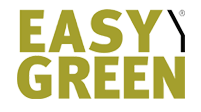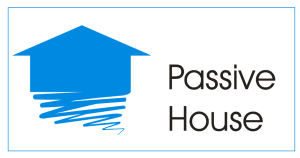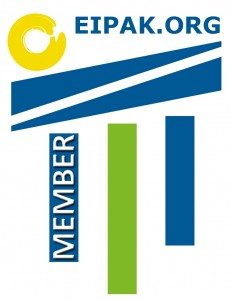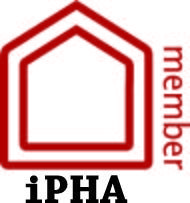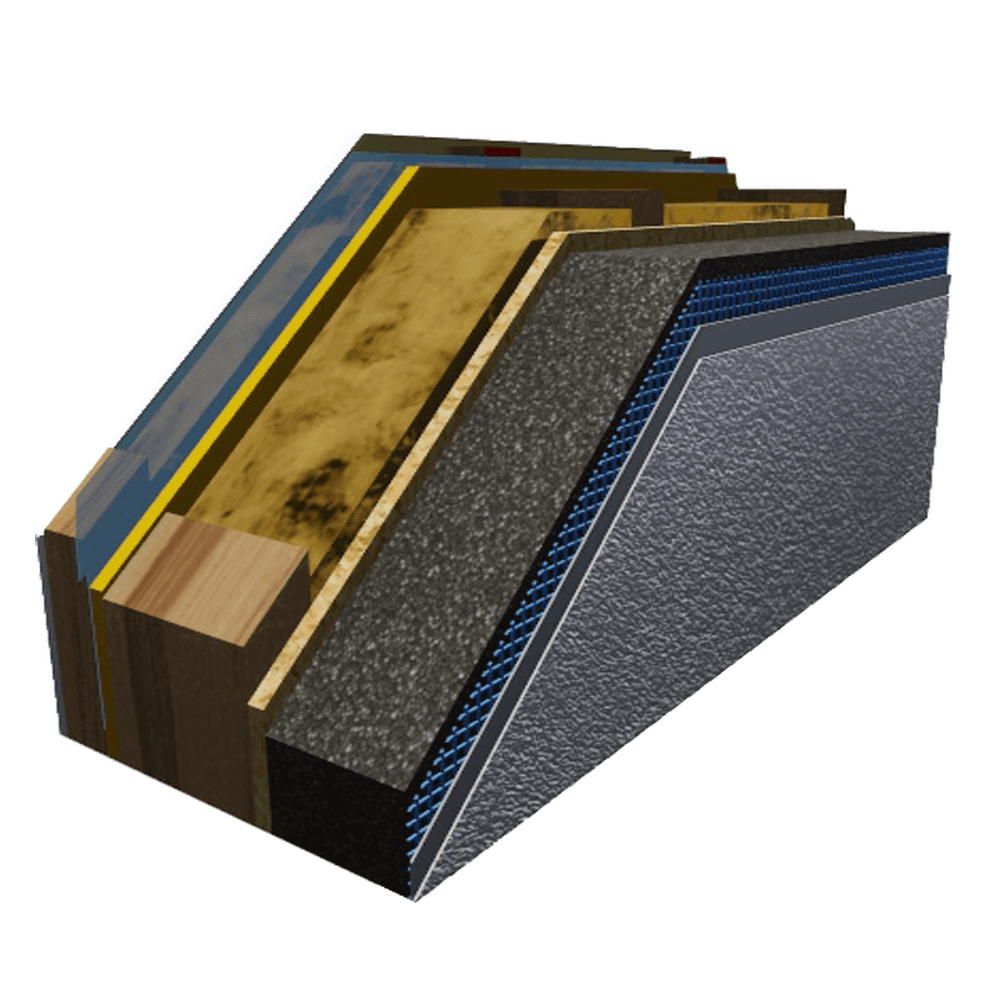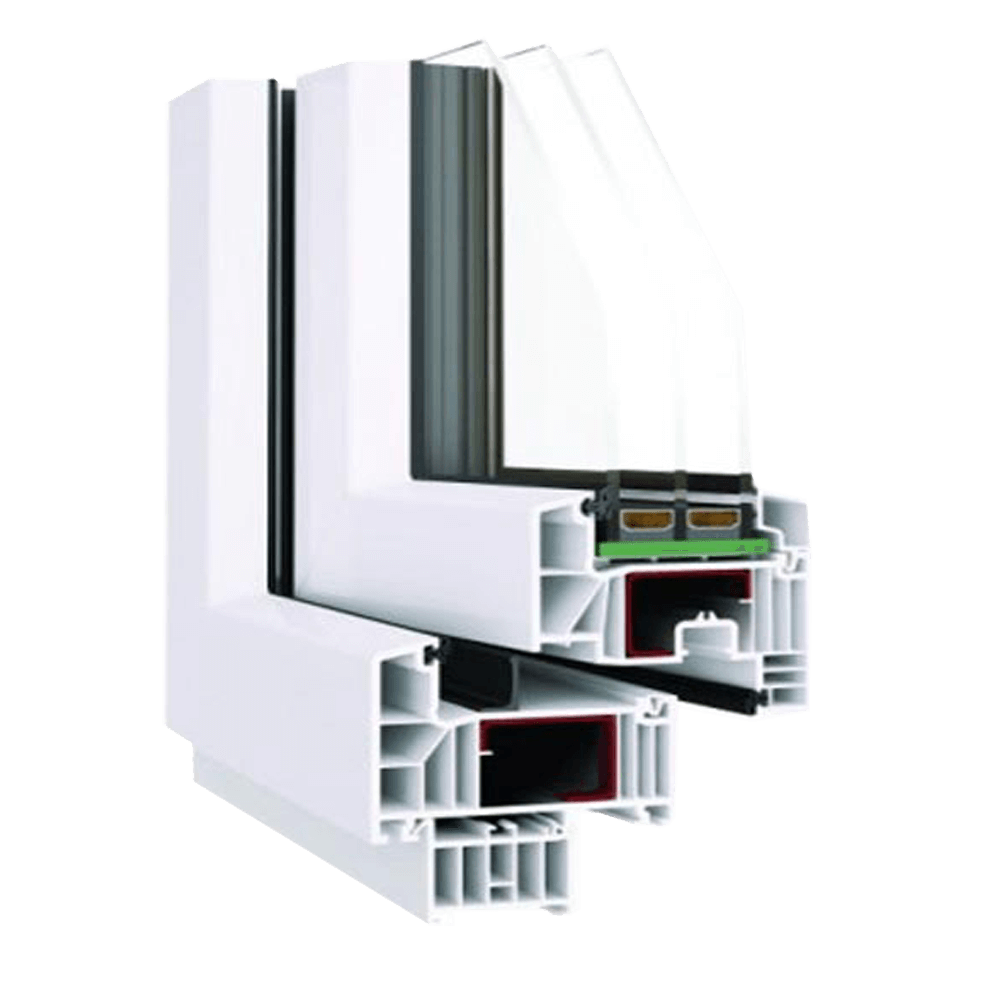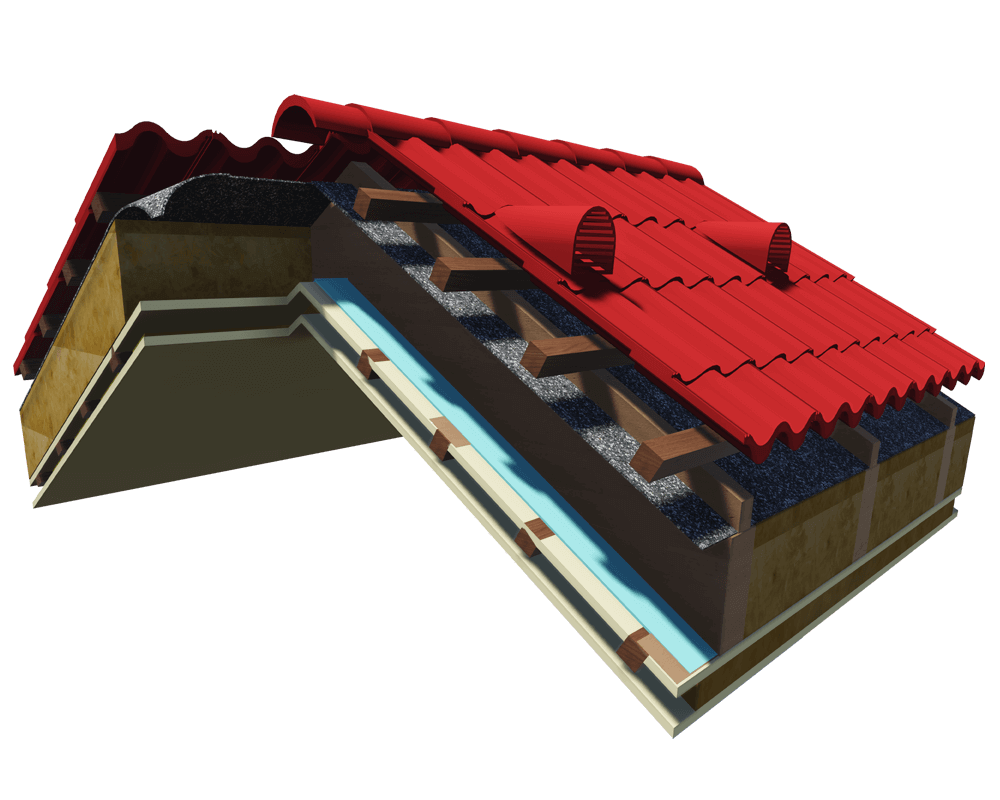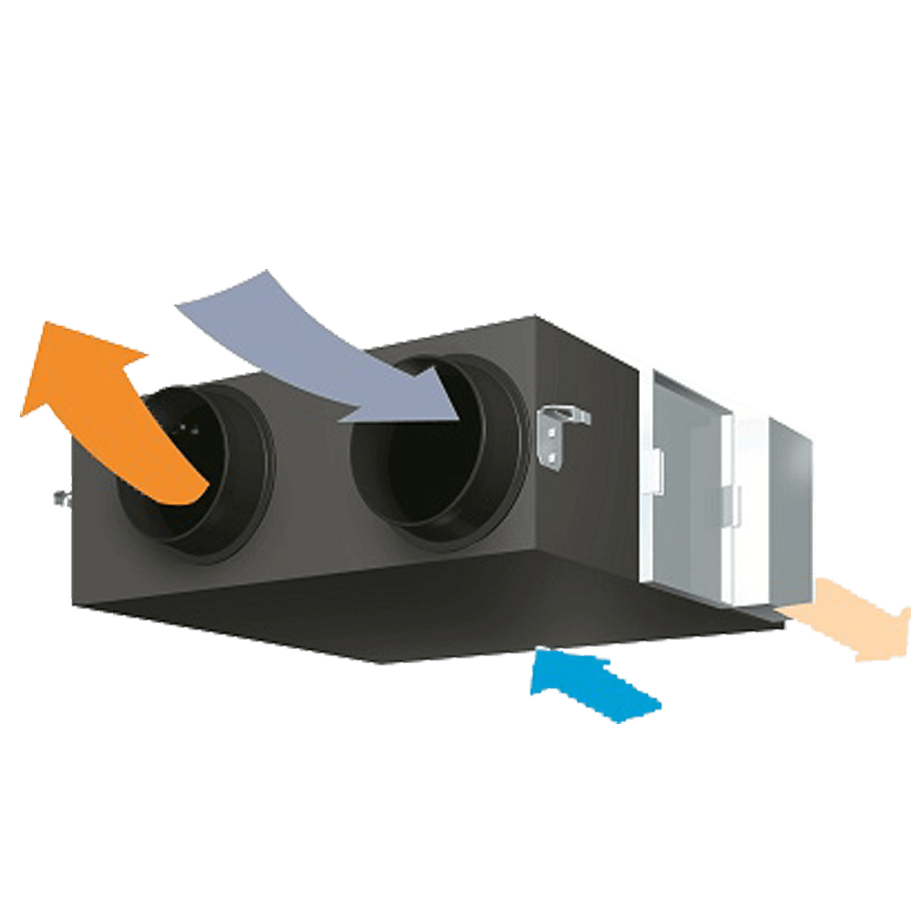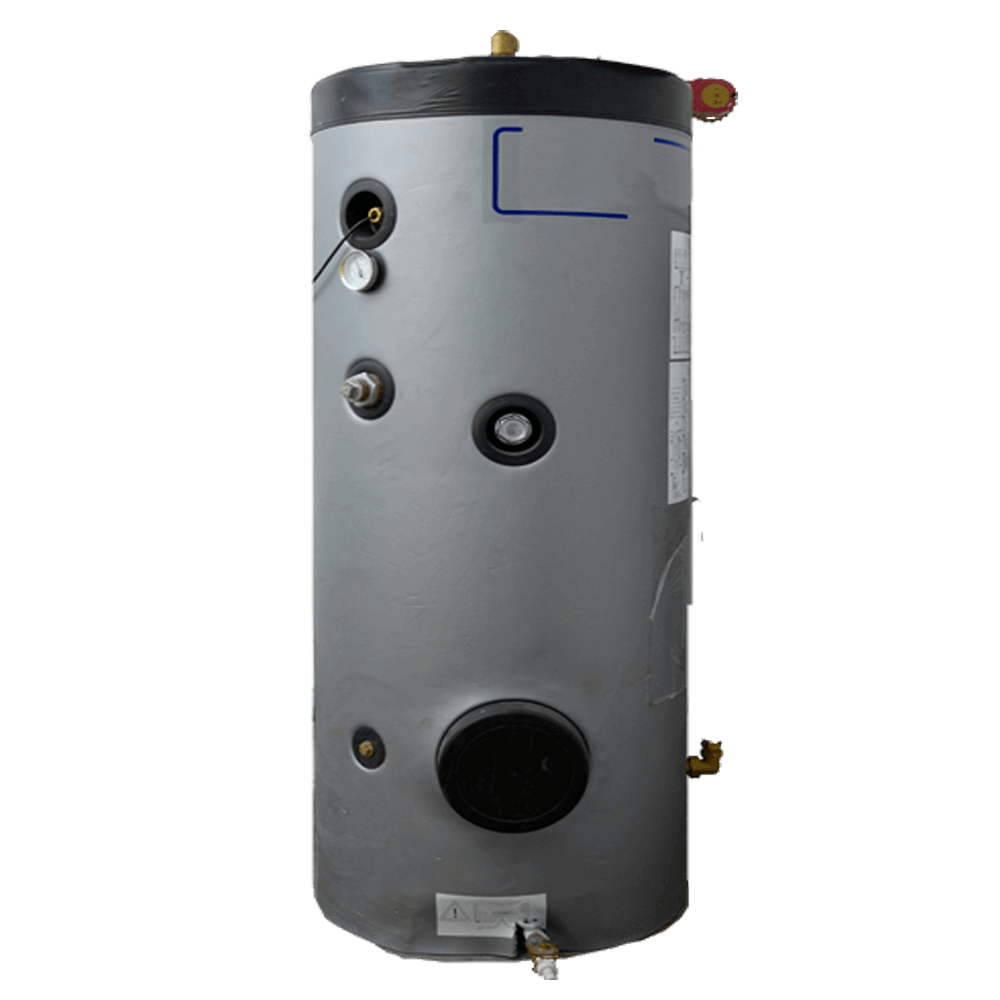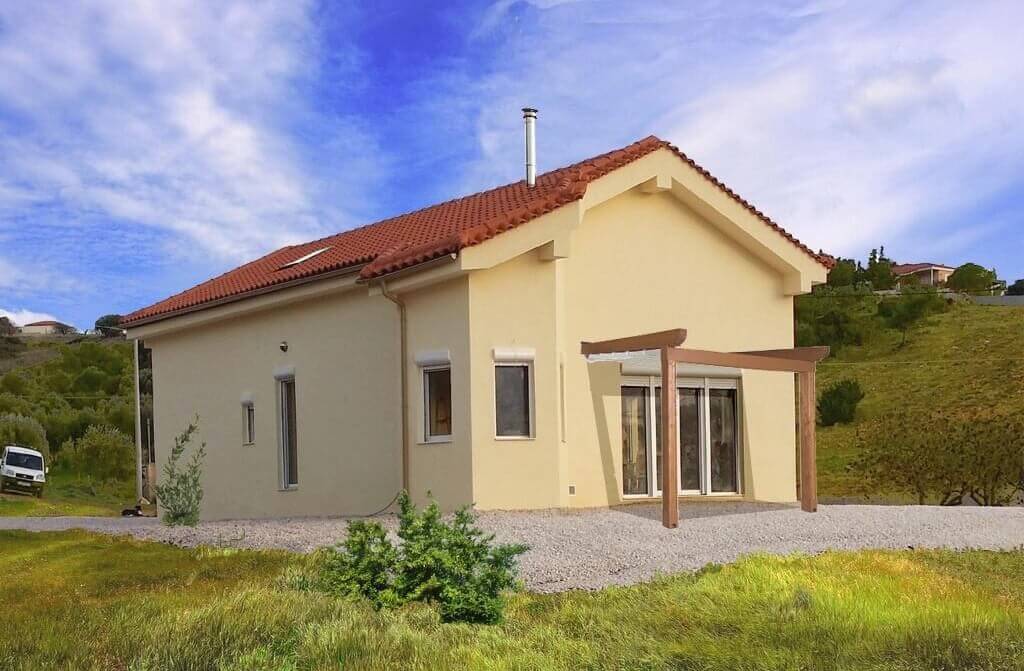Passive houses or “Nearly Zero Energy Buildings” (NeZEB) are these houses which demonstrate excellent thermal comfort all the year, maintain stable inside temperature throughout the whole building, without humidity fluctuations. They are equipped with special ventilation systems ensuring very low or nearly zero energy waste.
The above properties in NeZEB houses are secured by the substantial insulation of the building shell, the absence of thermal bridges, and by a automatic ventilation system that pre-heats or pre-cools, depending on weather environment, the fresh air it imports into the house. This is achieved without significant cost, taking advantage of the outbound air to heat or cool the inbound air within a heat exchanger. Yet more, these innovations regulate indoor humidity and filter the imported air, in order to provide the house with hygiene air content, cleaned out of outdoor pollution, pollen, dust and moisture.
In NeZEB houses, usual costly heating and cooling systems will under-operate due to high energy efficiency, and therefore can be replaced by such systems of low capacity, and thus money are saved from both the cost of the initial installation and their operation.
EasyGreen has embedded the knowledge and experience of its personnel upon energy-saving technologies into the first certified prefab passive house in Greece, built in December 2014. EasyGreen is a member of the iPHA (International Passive House Association) and of EIPAK (Greek Institute on Passive Buildings).
The certified residence is included at the international database of passive houses.
requirements
- Energy consumption for heating <=15 kWh/(m2a) or maximum heating load <=10 W/m2 .
- Energy consumption for cooling <=15 kWh/(m2a).
- Energy consumption of primary energy <=120 kWh/(m2a).
- Air-tightness of the building <=0,6m3/h
equipment
EasyGreen PASSIVE houses can be delivered with the following equipment*:
*The selected sections of structural-insulating shell elements and the equipment is indicatory for a house located in climate conditions similar to these of Attica region. The final arrangement for the proper sections and equipment can chance depending on the location of the house and accordingly to the results of the Passive House Planning Package (PHPP).
Synthetic window frames with double glazing, low emissivity film (Low-e), argon gas between panes and heat transfer coefficient Ug 0,7 W / m2k.
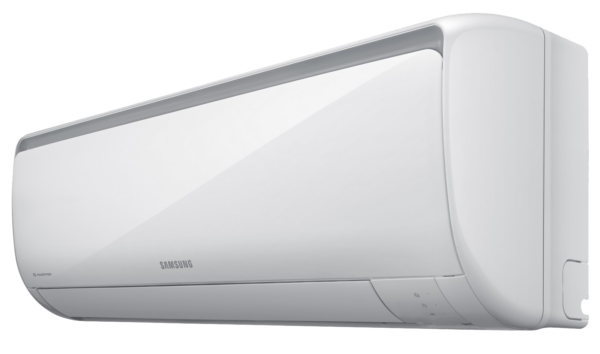
Air conditioner 9000 Btu energy class A+++ for cooling and heating in one system.
construction cost
The costing for passive houses is deduced after their construction plan has been finalized and accordingly to the results of the thermal study in the PHPP. Indicative cost for EasyGreen PASSIVE housing over 100m2 is about 20% less than the overall cost of concrete energy-inefficient residences, depending on design and equipment.
advantages
- Easy Green NeZEB houses save as much as 75% more energy than a class B residence which complies with KENAK standards, and up to 90% compared to a residence built under the old Greek regulation on thermo-insulation (1979).
- Advanced level of insulation, absence of thermal bridges and maximum air-tightness protect PASSIVE series houses from thermal chances or humidity, while granting the structure with limitless lifetime and minimum maintenance costs.
- Excessive thermal comfort, ie the feeling created when there is constant temperature and humidity throughout the house
- The great benefit of building a passive house,is the continuous ventilation with fresh air, constant temperature and humidity, that create a pleasant environment with absence of dust and pollen. This is the reason why passive houses are ideal for children, people with breathing problems or even smokers.
